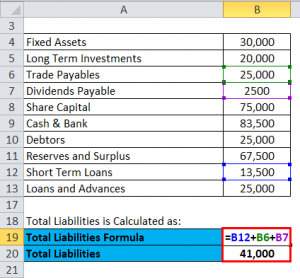

This means looking for stoichiometric coefficients for the reactants and products. So, the first step in stoichiometry calculations is balancing chemical equations. Knowing the molecular weight of the compounds involved in the reaction, it is easy to find the mass of these compounds in grams. For any balanced chemical equation, whole numbers (stoichiometric coefficients) are used to show the amounts (in moles) of both the reactants and products. Stoichiometry is the field of chemistry that studies the relative amounts of reactants and products in chemical reactions. You can enter either the required number of moles or weight in grams for one of the compounds in the corresponding field, and then press the ‘Enter’ key, to compute new values for the rest of the compounds. The reaction stoichiometry is calculated automatically for a balanced equation, with the number of moles for the compounds being the same as the stoichiometric coefficients. In what follows is a more detailed syntax guide to our calculator.

H₂O) are supported and automatically converted to normal form. H 2O) as well as denoted using the ‘tiny’ numbers, like ₂ or ₅, (e.g. Indices denoted using and html tags (e.g.
#BALANCED EQUATION CALCULATOR PDF#
You can enter a chemical equation manually or paste the equation copied from a web page or text document (including DOC or PDF file). In case the original equation was unbalanced, the field with this equation is highlighted in light pink. The equations may include free electrons and electrically charged molecules (ions) as well as hydrated compounds. This online Stoichiometry Calculator finds the stoichiometric coefficients to balance a given chemical equation and computes amounts of the reactants and products of the reaction, both in moles and grams.


 0 kommentar(er)
0 kommentar(er)
